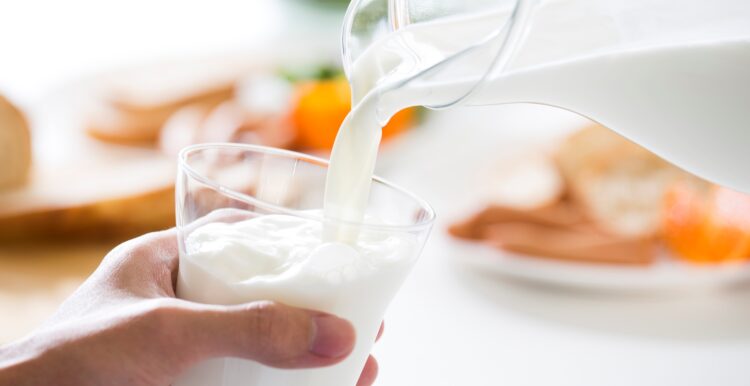The Art of Mouthfeel: Enhancing Sensory Satisfaction in Soups, Sauces & Dressings

In the world of food products, taste is king, but mouthfeel reigns as a noble companion, elevating the dining experience from mere sustenance to sensory bliss. For food manufacturers crafting soups, sauces, and dressings, mastering the art of mouthfeel is essential to creating products that captivate consumers. Let’s explore some innovative strategies to enhance the mouthfeel in these culinary essentials, ensuring that every spoonful, dip, or drizzle leaves a lasting impression.
Understanding the Importance of Mouthfeel
Mouthfeel refers to the tactile sensations experienced in the mouth while consuming foods or beverages, including texture, viscosity, creaminess, and thickness. A well-crafted texture and consistency of a food product enhances the overall sensory experience, making products more enjoyable to consume and leaving consumers craving for more. In soups, sauces, and dressings, mouthfeel plays a crucial role in determining the product’s perceived quality, consistency, and indulgence.
Embracing Creaminess and Viscosity
Creaminess and viscosity are hallmark characteristics of soups, sauces, and dressings that contribute to a luxurious mouthfeel. Achieving the perfect balance of creaminess and viscosity requires careful formulation and ingredient selection. Incorporating ingredients such as dairy components dairy can add richness and body to your products. Experiment with thickeners such as various types of starches, gums, or emulsifiers to achieve the desired texture while maintaining stability and consistency.
Enhancing Texture with Natural Ingredients
Texture plays a vital role in enhancing mouthfeel, providing contrast and depth to soups, sauces, and dressings. Incorporate natural ingredients such as vegetables, herbs, spices, and grains to add texture and complexity to your products. Consider incorporating inclusions to create satisfying textural elements that complement the smoothness of the base. By layering textures, you can create a multi-dimensional mouthfeel experience that tantalizes the palate and keeps consumers coming back for more.
Incorporating Emulsification Techniques
Emulsification is a fundamental technique in creating smooth and creamy textures in soups, sauces, and dressings. By emulsifying ingredients with contrasting properties, such as oil and water, you can achieve stable emulsions that impart a silky mouthfeel. Experiment with different emulsifiers, such as egg yolks, functional fibers, specialty flax seed ingredients, or lecithin, to achieve optimal texture and stability. Proper emulsification ensures uniform distribution of fats and liquids, resulting in a velvety-smooth mouthfeel that enhances the overall dining experience.
Mastering Mouthfeel for Culinary Excellence
In the world of soups, sauces, and dressings, mastering mouthfeel is the key to consumer satisfaction. By embracing creaminess, viscosity, texture, and flavor balance, food manufacturers can create products that elevate the dining experience to new heights. Let the art of mouthfeel be your guiding principle as you craft soups that comfort the soul, sauces that elevate every dish, and dressings that enliven salads and vegetables. With innovation, creativity, and a commitment to sensory satisfaction, the possibilities for enhancing mouthfeel are endless, ensuring that every spoonful, dip, or drizzle leaves a lasting impression on the palate.




